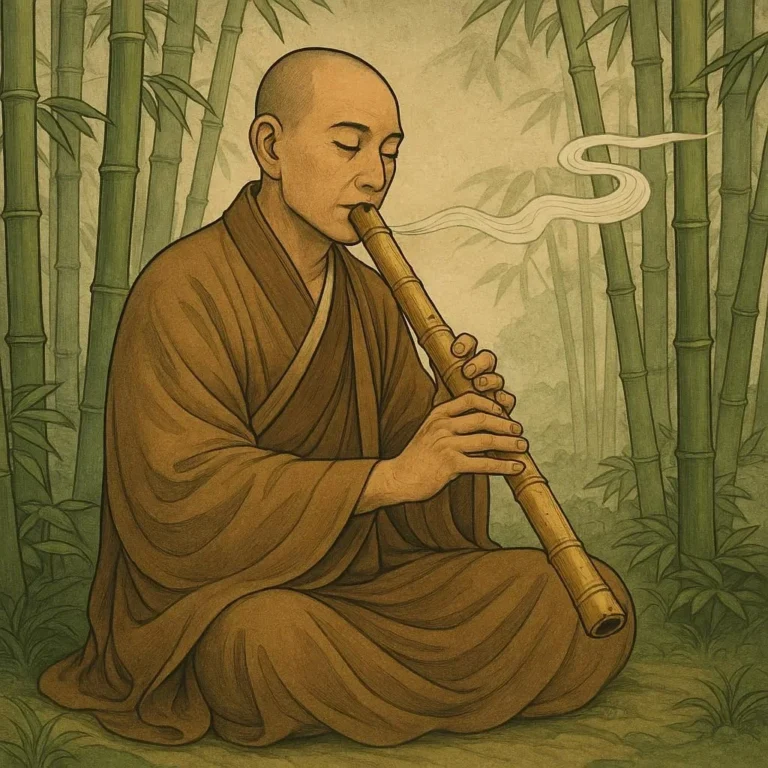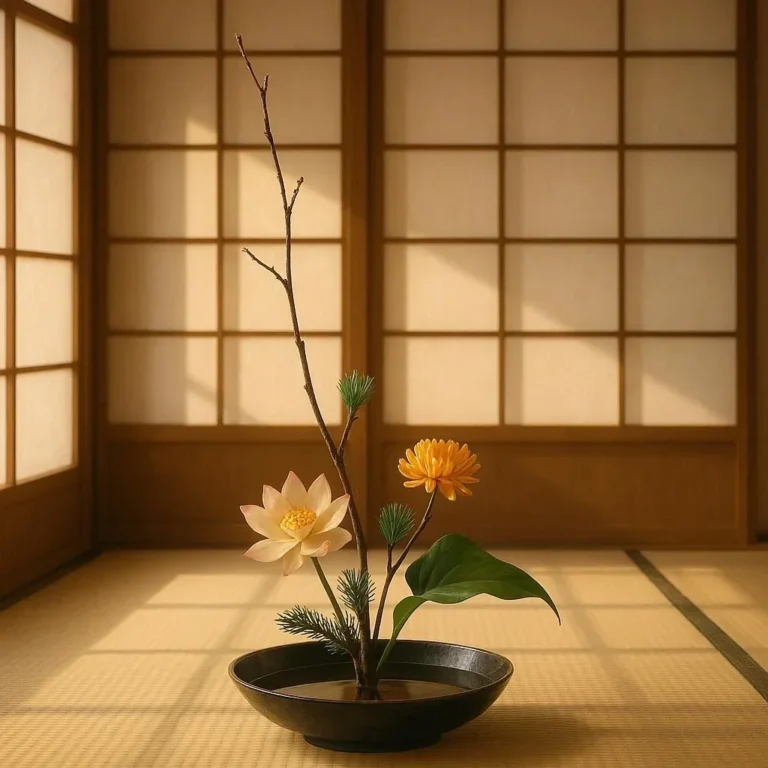502 views The Cultural Impact of Manga and Anime
Understanding the Profound Influence of Manga and Anime on Global Culture
Manga and anime, two of Japan’s most iconic cultural exports, have become integral parts of global entertainment, art, and storytelling. From the vibrant colors of Studio Ghibli films to the action-packed sequences of Dragon Ball, these mediums have transcended cultural boundaries, shaping perceptions and inspiring millions worldwide. This blog delves into the cultural impact of manga and anime, exploring their origins, evolution, and the role they play in modern society.
The Historical Roots of Manga and Anime
Manga, which translates to ‘whimsical pictures,’ has its roots in ancient Japan, dating back to the 12th century. The art form evolved over centuries, influenced by traditional Japanese ukiyo-e woodblock prints and Western comic styles introduced in the post-WWII era. Anime, the animated counterpart, emerged in the early 20th century, with works like Namakura Gatana (The Dull Sword) in 1917 marking its beginnings.
The post-war era saw the rise of modern manga and anime, with figures like Osamu Tezuka, often called the ‘God of Manga,’ revolutionizing the industry. His work, Astro Boy (Tetsuwan Atom), became the first anime series to air in 1963, paving the way for the global phenomenon we see today.
The Globalization of Manga and Anime
The 1980s and 1990s marked a turning point for manga and anime’s global popularity. Series like Dragon Ball, Sailor Moon, and Pokemon became household names, captivating audiences in Asia, Europe, and the Americas. The rise of the internet and streaming platforms in the 2000s further accelerated their global reach.
Today, platforms like Crunchyroll and Funimation have made anime accessible to millions, while manga sales continue to soar worldwide. The influence of these mediums extends beyond entertainment, impacting fashion, art, and even filmmaking. For example, the Wachowskis have often cited anime as a primary inspiration for The Matrix trilogy.
The Artistic and Storytelling Legacy
Unique Art Styles and Themes
Manga and anime are renowned for their distinct art styles, blending vibrant visuals with intricate storytelling. The exaggerated expressions, dynamic poses, and detailed backgrounds create a visual language that is both unique and universal. Themes often explore complex emotions, morality, and societal issues, resonating with audiences of all ages.
Influence on Global Entertainment
The storytelling techniques and art styles of manga and anime have influenced creators worldwide.Filmmakers like Guillermo del Toro and Kanye West have openly praised anime’s visual and narrative depth. The success of Mulan and The Lion King can be attributed to the incorporation of anime-inspired elements.
Cultural Exchange and Fandom
The fandom surrounding manga and anime has fostered a vibrant global community. Cosplay, fanart, and fan fiction have become expressions of admiration, with events like Comiket in Japan and Anime Expo in the U.S. drawing millions. This cultural exchange has bridged gaps between East and West, fostering mutual appreciation and understanding.
Manga and Anime as Tools for Social Commentary
One of the most significant cultural impacts of manga and anime is their ability to address complex social issues. Series like Akira and Ghost in the Shell explore themes of identity, technology, and existential questions, provoking thought and discussion. Historical dramas like Grave of the Fireflies provide poignant reflections on war and humanity.
Mangaka (manga artists) often use their platforms to voice opinions on contemporary issues, from environmentalism to gender equality. For instance, Barefoot Gen, a manga by Keiji Nakazawa, offers a harrowing account of the Hiroshima bombing, serving as both a historical record and a plea for peace.
The Future of Manga and Anime
The cultural impact of manga and anime is only expected to grow as technology evolves. Advances in animation, virtual reality, and digital publishing are opening new avenues for creators to express their visions. The rise of webtoons and digital manga platforms like Webtoons and Shonen Jump+ has democratized access to content, allowing new voices to emerge.
Collaborations between Japanese and international creators are also on the rise, promising fresh perspectives and innovative storytelling. As more people discover the richness of manga and anime, their influence will continue to shape global culture.
Conclusion: The Enduring Legacy
Manga and anime are more than just forms of entertainment; they are cultural ambassadors, bridging gaps and fostering understanding. Their influence is evident in art, film, literature, and even music, making them integral to the fabric of modern pop culture.
As we look to the future, it’s clear that manga and anime will remain powerful tools for storytelling and cultural exchange. Whether you’re a lifelong fan or a newcomer, there’s no denying the profound impact these mediums have had—and will continue to have—on the world.
Call-to-Action
What are your favorite manga or anime series, and how have they influenced you? Share your thoughts in the comments below! And if you enjoyed this article, don’t forget to share it with fellow fans to spread the love for these incredible art forms.
External Links:
For more information on the history of manga and anime, visit Wikipedia’s Manga page and Anime page. To explore more about Japanese culture, check out the Project Gutenberg archives on Japanese history.







